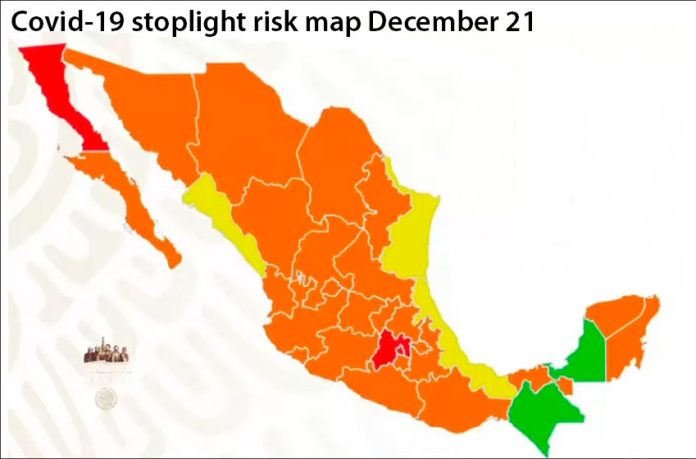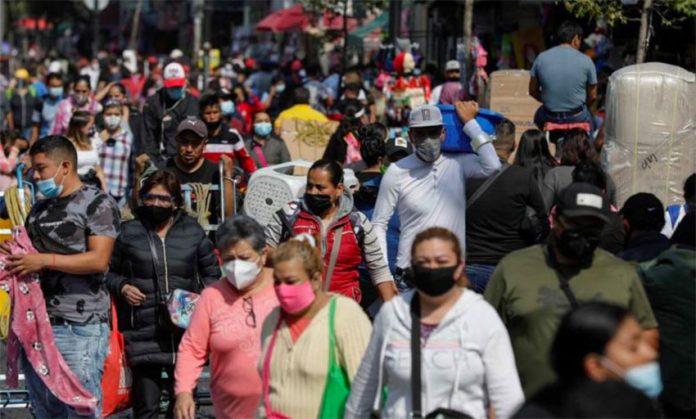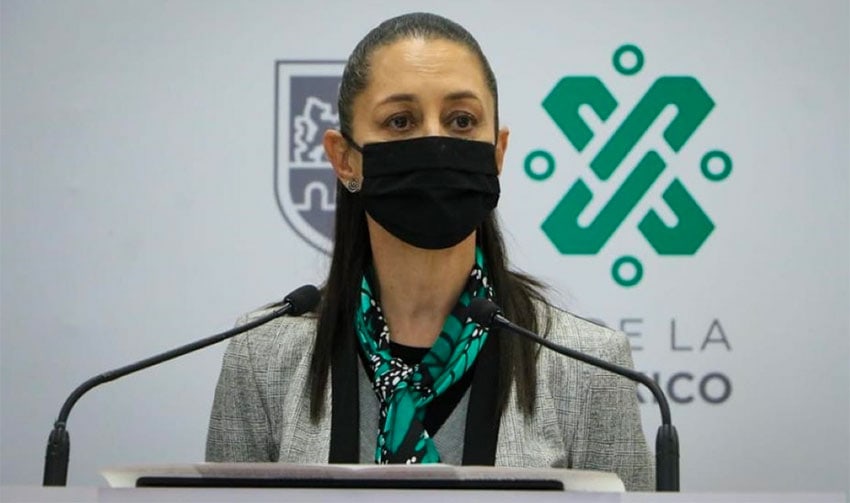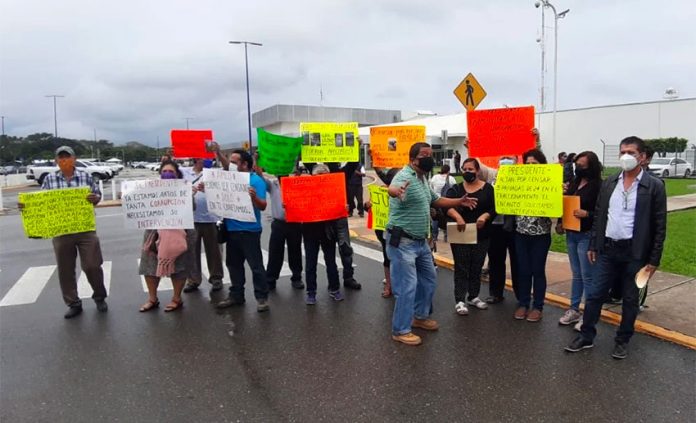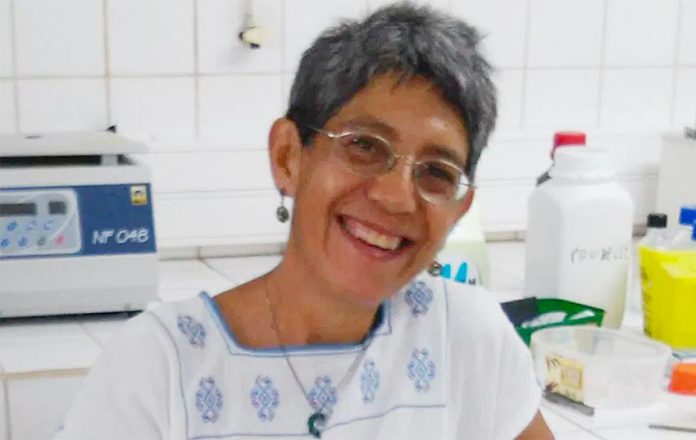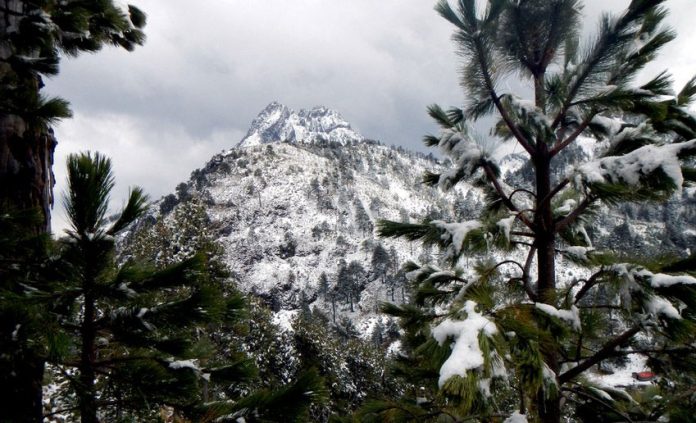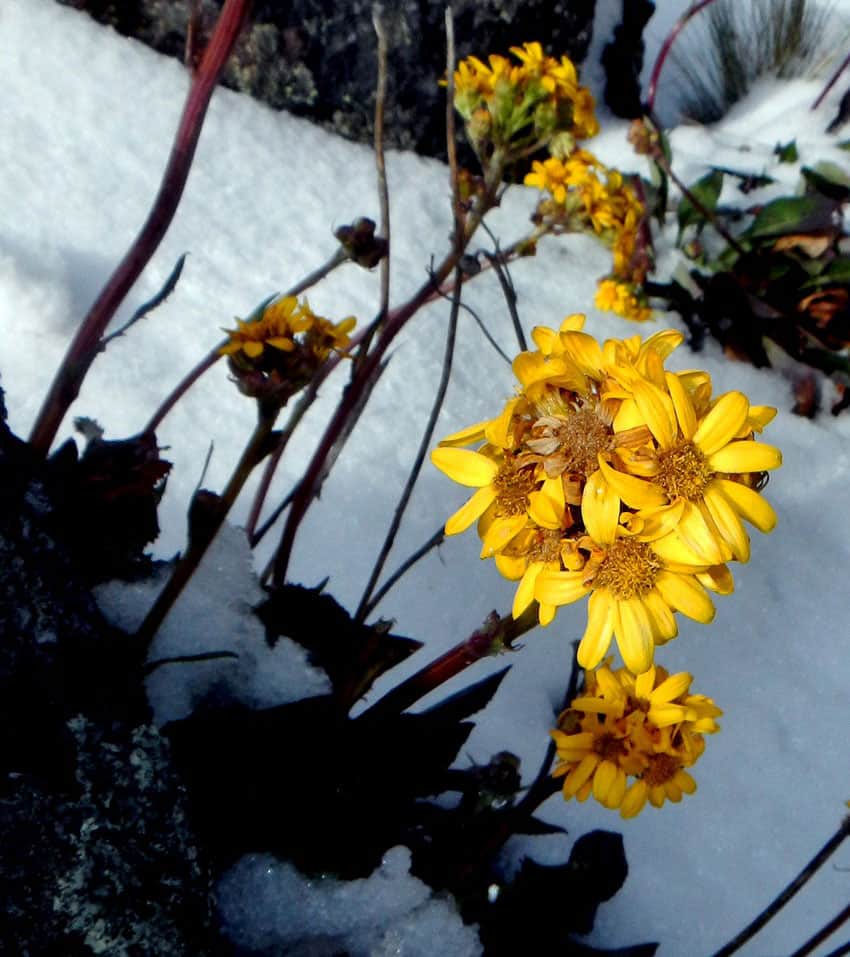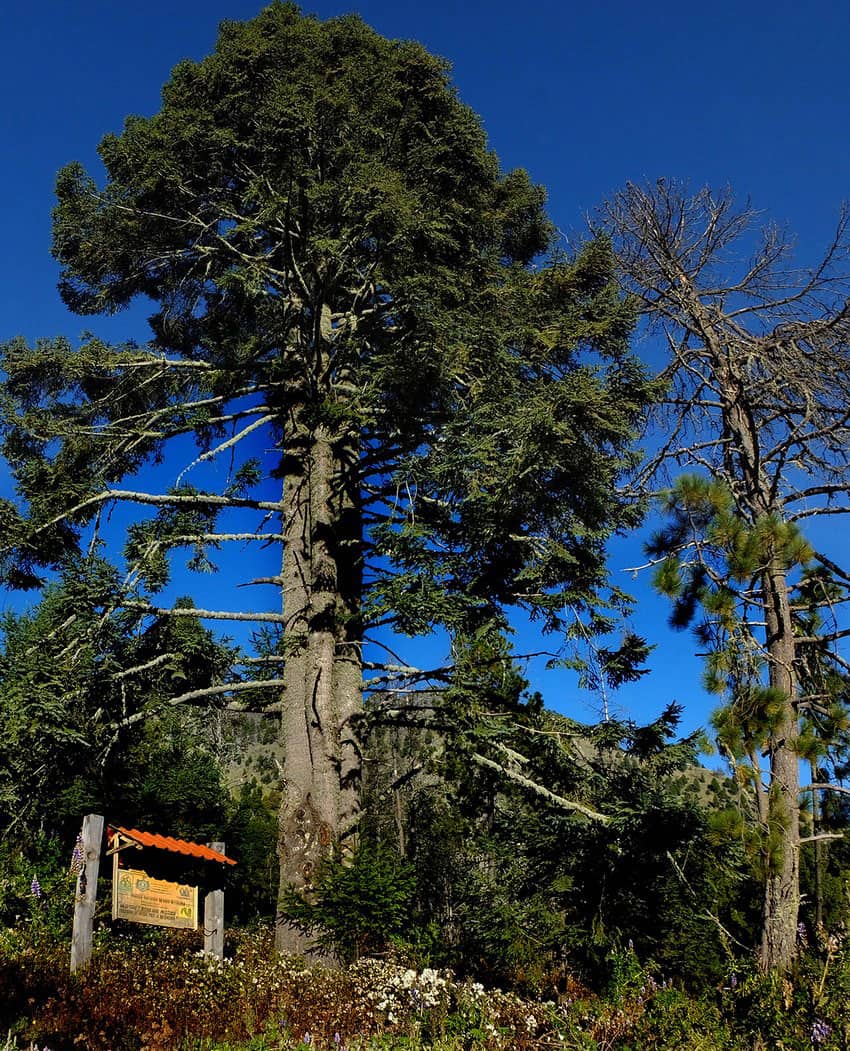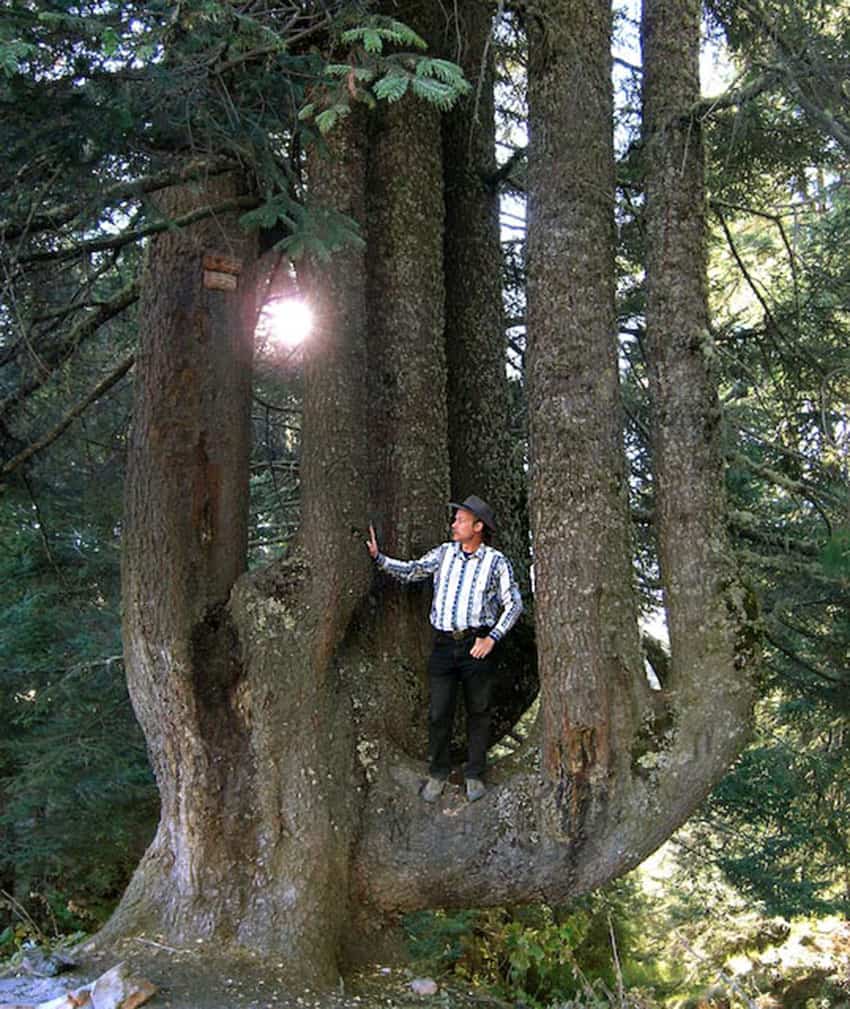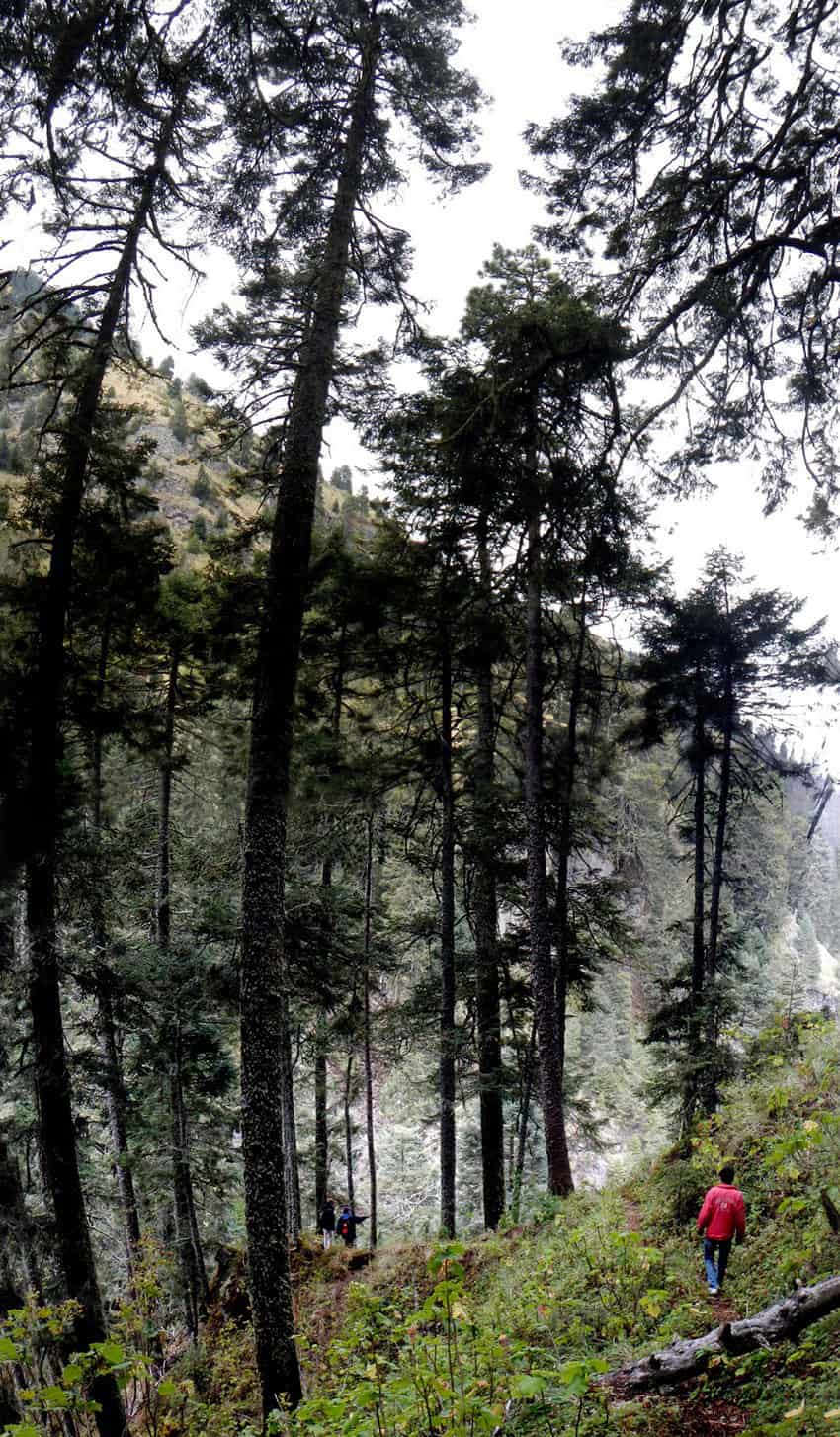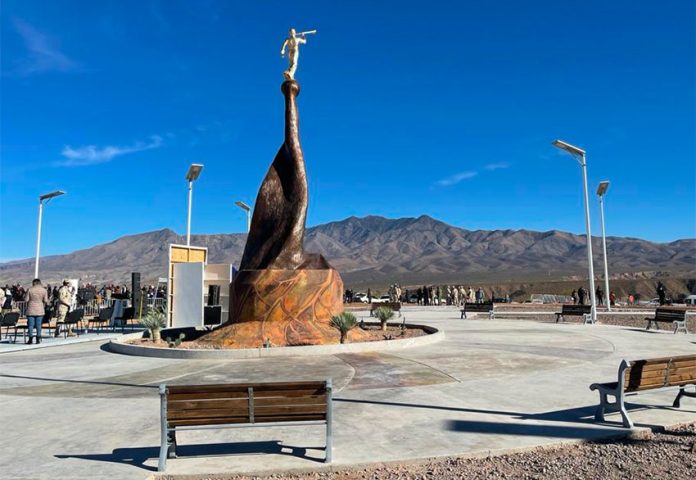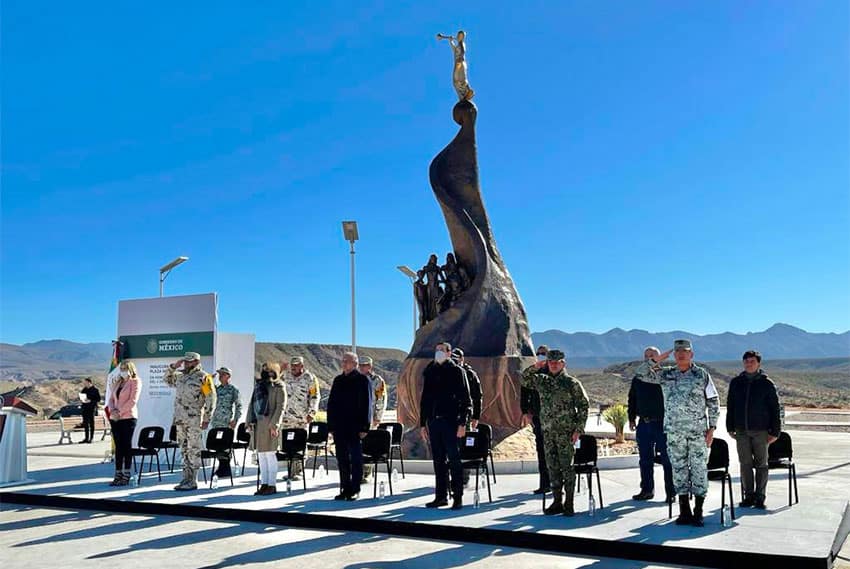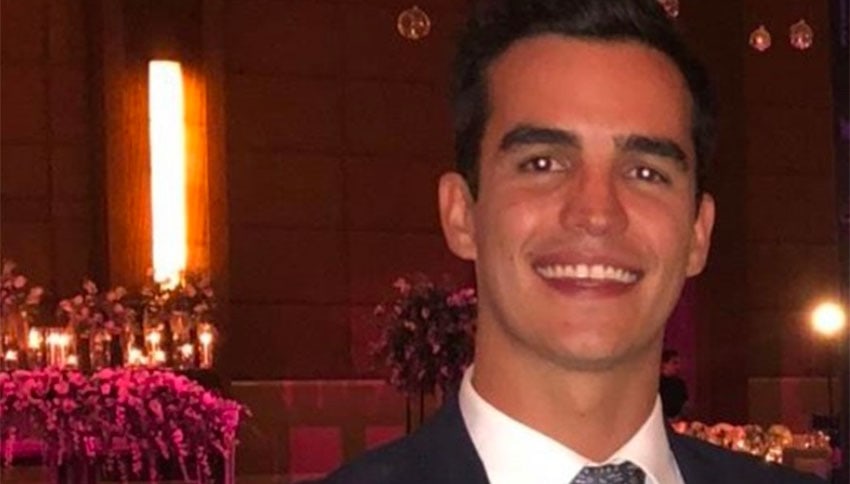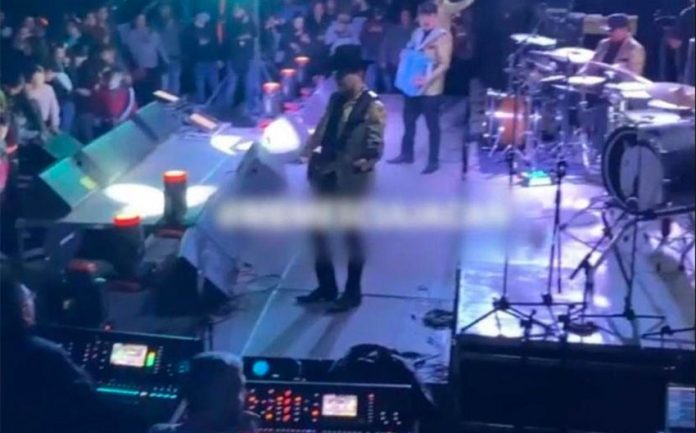With less than a week to go before Christmas, there is little reason for holiday cheer in Mexico.
The nation’s coronavirus case tally passed 1.3 million on Friday, the official Covid-19 death toll is approaching 120,000, almost 17,000 people sick with the infectious disease are in hospital and there are now three red light “maximum” risk states on the federal stoplight system.
The federal Health Ministry reported 12,248 new cases on Friday, the second highest single-day total of the pandemic.
Mexico’s accumulated tally now stands at 1,301,456, a number considered a significant undercount due to Mexico’s dismally low testing rate. Results of a serological survey presented this week suggested that about a quarter of the population, or more than 30 million Mexicans, have been infected.
Excess mortality data also indicates that Mexico is not counting a large number of deaths caused by Covid-19. Yet the country still has the fourth highest death toll in the world with 117,249 fatalities officially attributed to the disease. Another 762 deaths were reported Friday, lifting the number of fatalities registered this month to 11,309.
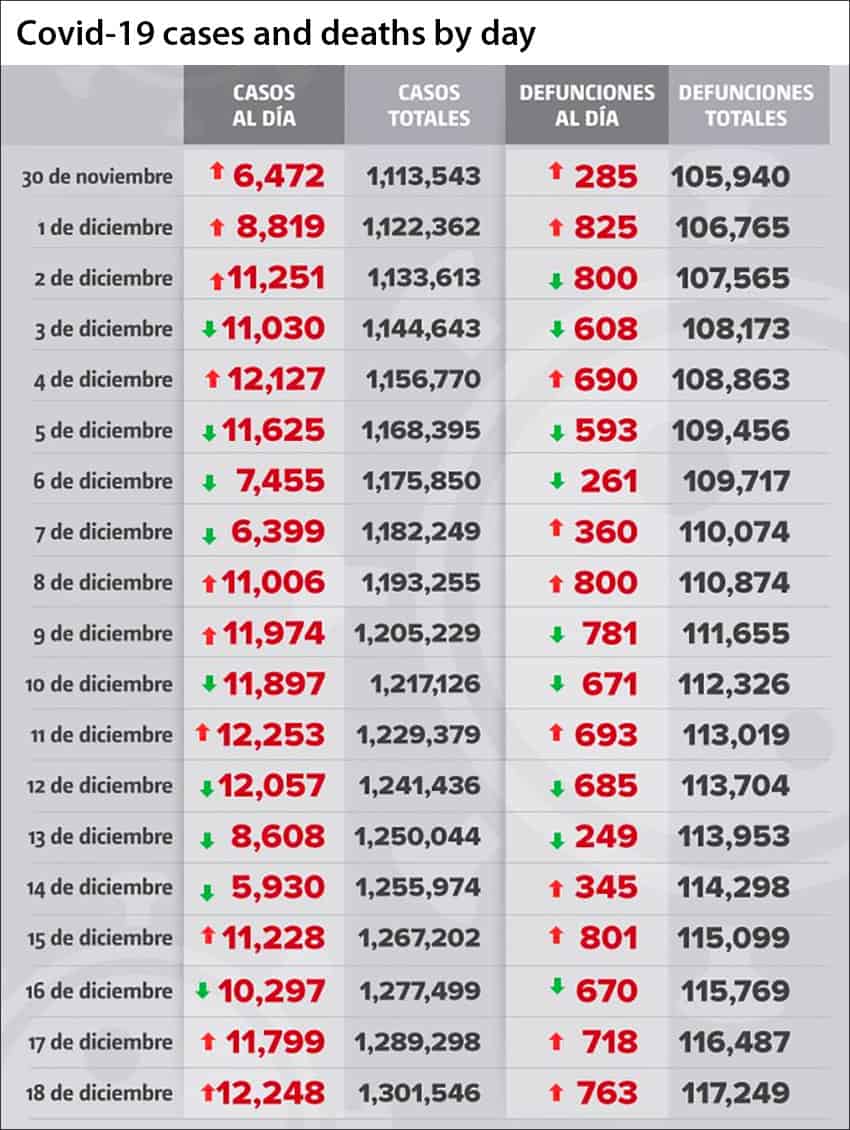
The death toll will inevitably continue to climb as the country enters the coldest months of the year and the rickety public health system comes under increased strain. The government has announced a vaccination plan but inoculating enough people to end the pandemic will take many months if not longer.
Federal authorities say the health system is under pressure but coping. President López Obrador has said that every coronavirus patient that has needed a bed has found one. But stories out of Mexico City this week painted a different picture – family members frantically traversing the capital to find a bed for their gravely ill loved ones.
Nationwide, hospital occupancy is just 43%, according to data presented at the Health Ministry’s Friday night press briefing, but several states have much higher rates – almost 85% in Mexico City, 78% in México state, 68% in both Guanajuato and Hidalgo and 65% in Baja California, where the number of coronavirus patients on ventilators reached a record high of more than 200 this week.
Many hospitals in those states, and others, are completely full. Some have been at 100% capacity for weeks, or even months.
The number of patients in Mexico City and México state hospitals reached record highs this week. Occupancy at hospitals operated by the Mexican Social Security Institute, a major healthcare provider, also hit a new peak this week.
The number of Covid patients in the health system as a whole is also approaching the maximum level seen earlier this year. There are currently 16,813 patients in hospital, the Health Ministry said Friday, a figure just 1,410 short of the pandemic peak.
With the situation arguably more dire now than at any other point since the coronavirus was first detected in Mexico at the end of February, federal authorities – who have faced intense criticism for their handling of the pandemic – have ramped up their appeals for people to take heed of health rules.
López Obrador urged citizens on Tuesday to stay at home as much as possible in the days leading up to Christmas. Three days later it was announced that Mexico City and México state were regressing to “maximum” risk red on the stoplight map, another sign that the situation is spiraling out of control.
The capital and its neighbor, where nonessential businesses must close from Saturday until January 10, along with Baja California will be the only red light states as the country mutedly celebrates Christmas and the end of a year like no other.
The health minister of Baja California, which has been red for the past two weeks, said Friday that the northern state is in the “darkest part of the night,” such is the gravity of the coronavirus situation. There has been an “explosion” of new cases since the middle of last month, Alonso Pérez Rico said after describing what the state is going through as a “nightmare.”
The risk level in 24 other states for the next two weeks will be orange light “high,” according to the updated map presented at Friday’s press briefing, and yellow light “medium” in three – Tamaulipas, Veracruz and Sinaloa.
The orange states of Sonora, Zacatecas (red for the past two weeks), Guanajuato, Querétaro, Aguascalientes and Hidalgo are all at risk of regressing to red, said health official Ricardo Cortés.
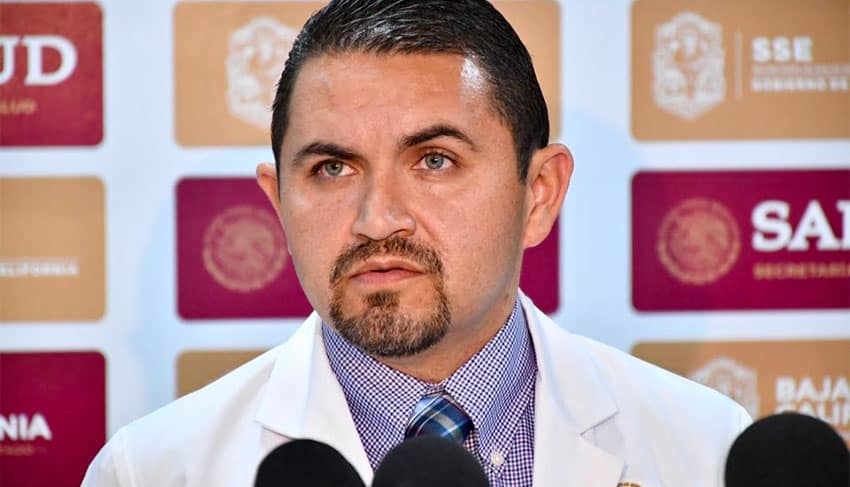
Mexico is back to only having two green light “low” risk states – Campeche and Chiapas – as Veracruz lost that status on the updated map.
Although traveling is probably not the best idea due to the current situation, hundreds of thousands if not millions of people will enter or move around the country in the coming days to visit family (against recommendations) or, in many cases, head to the beach.
Perhaps in anticipation of an influx of visitors, authorities in Quintana Roo, home to Cancún, Playa del Carmen and Tulum, and Baja California Sur (BCS), where Los Cabos is located, announced decrees mandating the obligatory use of face masks in all public places. Masks are mandatory in many other states, although enforcement is lax in many cases.
Visitors and locals alike will face a range of other restrictions and rules in the final days of 2020 – and no doubt well into next year – as the 32 states seek to strike a balance between controlling their local epidemics and not destroying their economies and the livelihoods of their residents.
Mexico, like other countries around the world, will no doubt be happy to see the end of 2020 but with no clear end to the pandemic in sight despite the imminent rollout of vaccines, 2021 promises to be another challenging year.
Mexico News Daily
